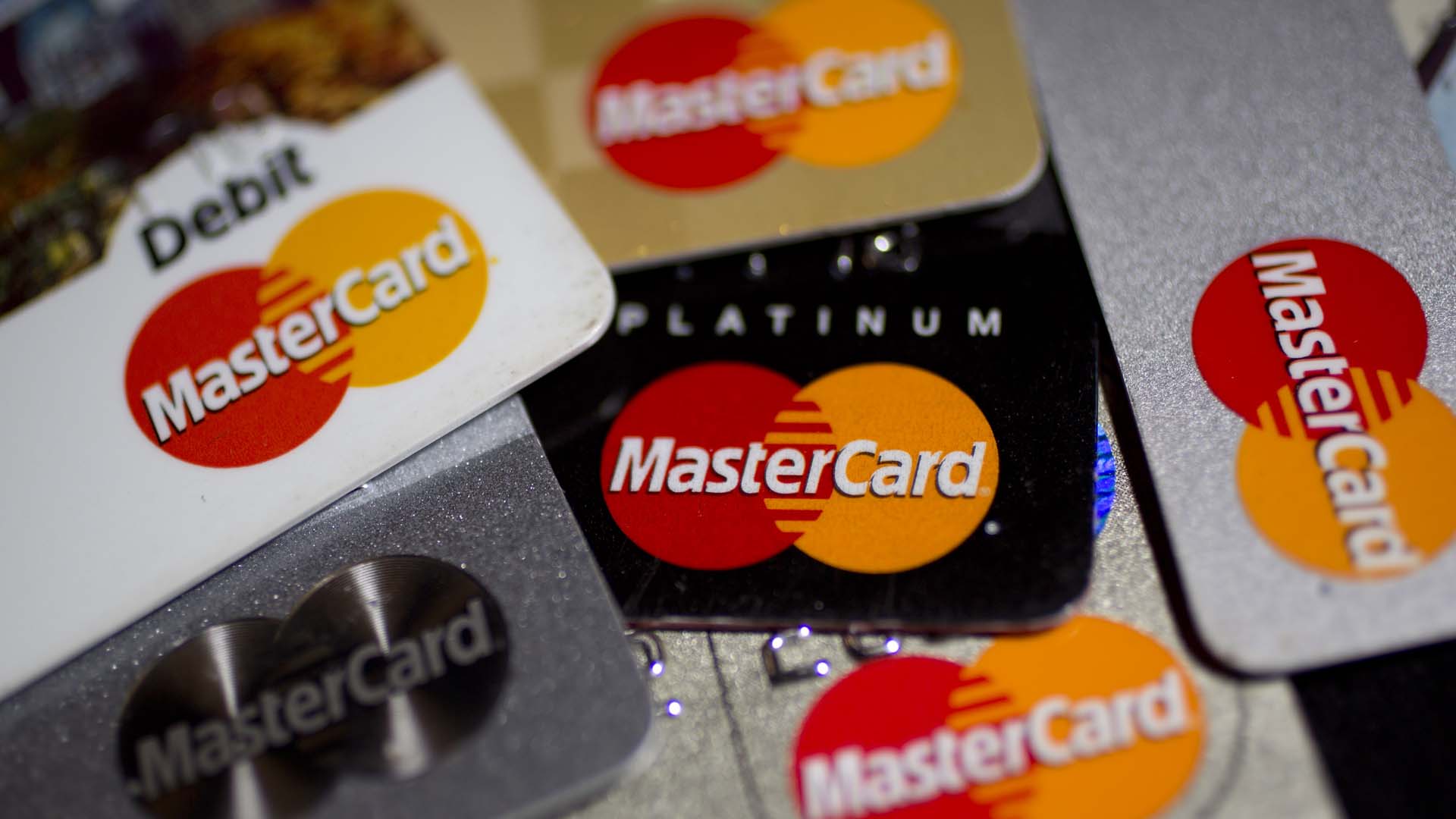Together with anthropologist Dr Indira Arumugam, Assistant Professor of Anthropology, Department of Sociology, National University of Singapore, Mastercard® set out to understand the motivations behind peoples’ search for peace-of-mind protection and how that manifest into actions and behaviors.
The need for humans to seek peace-of-mind protection is an ideal analogy to describe Mastercard’s commitment to continuously deliver greater protection for Mastercard cardholders in the digital world. This study helps Mastercard better understand deep-seated fears and concerns pertaining to peace-of-mind protection – ultimately helping Mastercard develop safety & security practices that feel innately familiar.
The study shows four key motivations behind almost every form of peace-of-mind protection. They are:
1. The need for increased or better sense of control
2. To reduce uncertainty in tasks ahead
3. To be able to locate the source of a threat if it arises
4. To limit or manage risk
According to Dr Indira Arumugam, “Ultimately all forms of protection were done or used to reassure and motivate humans to carry out tasks and most were to protect either life or financial investments like livestock, businesses, savings and property giving the user a sense of peace of mind”.
Protecting what matters with Mastercard Safety and Security Solutions
Mastercard cardholders can pay online with full peace of mind with Mastercard® SecureCode™, an additional layer of online protection. Mastercard SecureCode helps verify that the cardholder is making the purchase when cardholders transact online at a participating merchant. It is usually offered as a one-time-password (OTP) generated by the issuing bank. Transaction Alerts reduces the chances of fraudulent purchases being made without your knowledge – with messages that notify you whenever your card is used. E-commerce protection helps limit risk by providing worldwide coverage when purchased items don’t come the way they are supposed to, if at all. Liability protection further instills confidence in Mastercard users when they shop online knowing they only need to pay for purchases they’ve made.
The report has shown that Mastercard® is on the right track when it comes to providing solutions for consumers to feel more secure and protected in the world of online payments. Mastercard has solutions that feel innately familiar and therefore easily adopted by cardholders. The need for peace-of-mind protection is only going to grow stronger in this digital age. Mastercard is committed to helping cardholders stay safe online.
To understand how Filipinos have been satisfying their need for peace-of-mind protection over time, a showcase of rituals and amulets can be found in the infographic and the table below.
| Time Period | Form | Description |
| Unknown | Sarimanok | The Sarimanok is a legendary bird hailing from Mindanao island with many origin accounts. It is a symbol of love, courage, freedom and fortune. Sarimanoks are displayed in houses or workplaces to bring in good fortune and dispel negative energies. |
| 16th Century CE | Eating Pancit | Pancit is one of the most popular good luck dishes in the Philippines. It is eaten at auspicious events and is believed to bring good luck, health and wealth. This tradition is said to have been brought in by Chinese traders during the Spanish colonial era. Pancit helps protect against bad luck and inauspiciousness. |
| 20th Century CE | Sprinkling Salt, Sugar and Rice | Before moving into a new home, salt, sugar and rice is sprinkled on all doorways and windowsills to protect the home from misfortunes that may befall the home dwellers. |
| 21st Century CE | Wearing Polka Dots | Believed to have Chinese influences, the polka dot, which shares the same shape as a coin, became a sign of good fortune. The repetitive circle pattern was then commonly worn on the New Year as a symbol of good fortune and to drive away bad luck. It is not a common belief but wearing polka dot on the new year has sneaked its way into ‘Start the year fresh’ fashion. |









